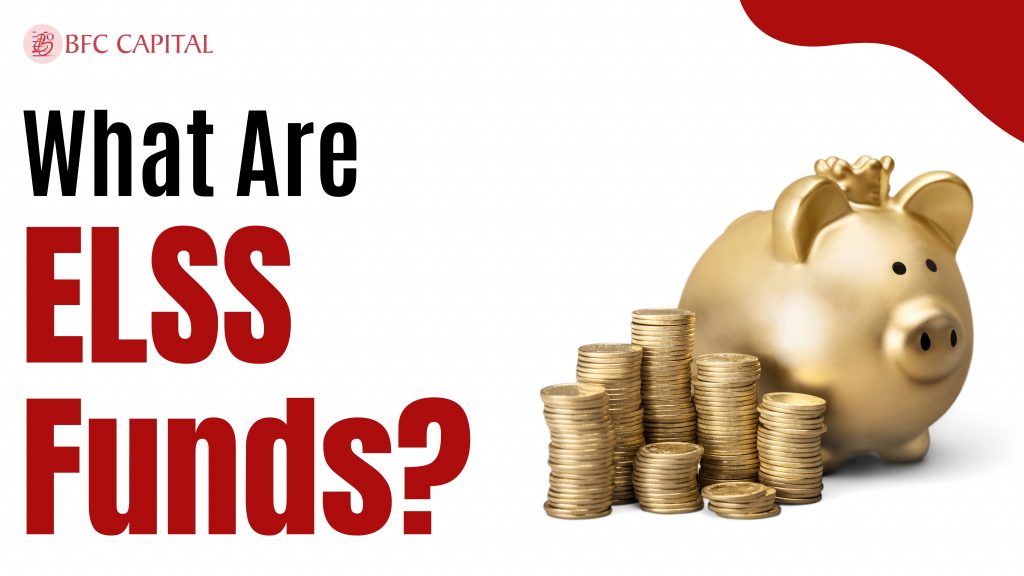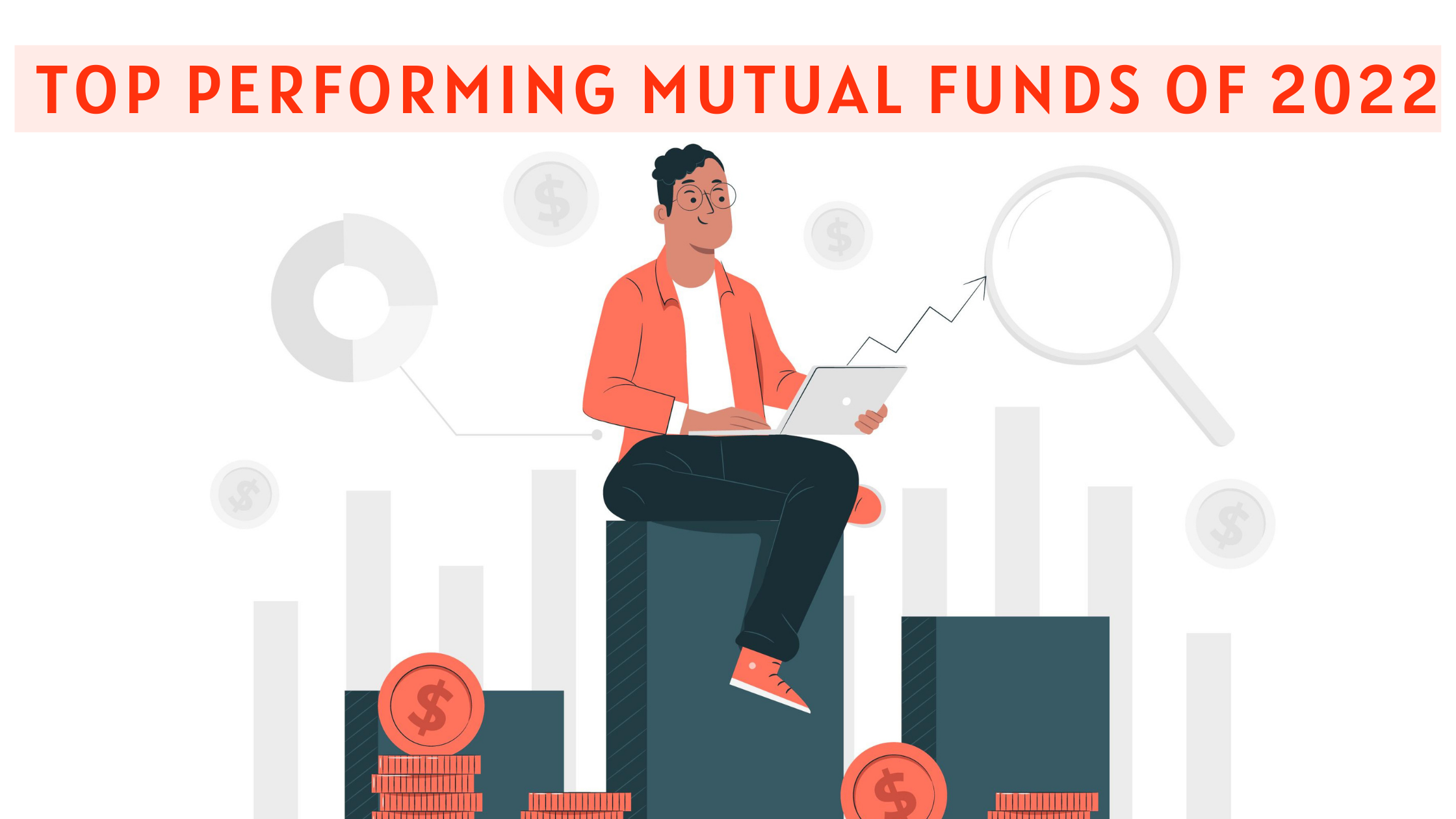
Savings are good for everyone; saving is fun. Who doesn’t like savings? Everyone loves to Save money on shopping by taking advantage of discounts, save some extra food from takeout for later use, and much more. Like takeout food that you saved from last night’s party, savings on taxes can be beneficial. Every now and then, we all love some hacks in life, and saving on taxes is no less so.
Equity-Linked Savings Schemes, or ELSS funds, are Tax- savings schemes in mutual fund investments. In India, ELSS is a type of mutual fund that invests in equity and its related instruments.
ELSS Funds: Definition and how it works!
In mutual funds, equity-linked savings schemes can also be described as tax-saving equities. ELSS gives you a dual benefit of potentially higher returns on investment and tax-saving benefits.
It is like hitting two targets with one arrow! One is that you get to save money on taxes; the second is that you benefit from capital growth through investments.
The Equity-Linked Savings Scheme provides you with the benefit of saving on income tax under section 80C of India. Under Section 80C of the Income Tax Act, certain investments, such as ELSS investment funds, are exempt from income tax. If certain conditions are met, taxpayers are allowed to have some deductions in income tax
If you are going to invest in certain investment options approved under the Income Tax Act, you can enjoy the benefit of income tax savings. As a taxpayer, you can avail yourself of deductions and lower your taxable income by ₹1.5 lakh on some specific financial securities like ELSS, PPF, NSC, etc.
Features and benefits of ELSS Funds
Diversification of the portfolio
ELSS funds Help in portfolio diversification. Hence, they predominantly invest in equity-oriented funds, and not across a wide range of markets
A large portion of ELSS funds is dumped into equity, covering 80% of the total portfolio in equity-related instruments.
This mutual fund invests in all types of companies, either big or small, to seek their grip across a variety of markets and sectors and to get opportunities from them.
Dual benefit
Everything 2-in-1 is always good!
ELSS funds give investors the advantage of dual benefits from a single investment scheme: substantial growth in capital and a deduction on taxes.
Lock in periods
ELSS mutual funds have a lock-in period of just three years. During this time, you cannot sell or withdraw your investments.
You cannot access or use your funds until the lock-in period ends. Meaning you are literally locked in! It is like a gym membership from which you can’t bail out! You paid for a plan, and you want to quit in the middle (redeem, withdraw) because of a tenure.
This usually applies in the case of financial instruments like fixed deposits, insurance, mutual funds, etc. Other financial instruments have a lock-in period of about 5 to 15 years. It is a nice option for people with short-term financial goals.
An investor made an initial investment of ₹1,50,000 in an ELSS fund on April 1, 2017.
Short-Term Performance:
- Investment Horizon: 3 Years (01-04-2017 to 01-04-2020)
- Return: ₹4,457 (0.98% CAGR)
While the short-term return might seem modest, it’s important to consider the tax benefits and the potential for long-term growth.
Long-Term Performance:
- Investment Horizon: 7 Years (01-04-2017 to 04-09-2024)
- Return: ₹3,77,082 (18.44% CAGR)
As the investment horizon increased, the returns grew significantly. This demonstrates the power of compounding and the importance of staying invested for the long term.
Tax deductions
Under Article 80C, you can have a tax exemption every year with a taxable income of Rs. 1.5 lakh. However, ELSS funds have a 3-year lock-in period; you are obligated to pay taxes on long-term gains.
Long-term capital gains, or LTCG, are profits generated during the lock-in period. ELSS is liable to generate profits during the unsold years. The units held for over 1 year, they attract Long Term Capital Gains (LTCG) tax. LTCG tax for Equity Mutual Funds is 12.5% on gains exceeding Rs. 1.25 lakh annually
Higher returns on investment
During the lock-in period, the ELSS has plenty of time to grow its investments.
On average, ELSS funds have a CAGR of 15%. When compared to other equity instruments like PPF and NSC, whose return values are usually around 8% and 7%, ELSS still outperforms its counterparts.
There is no bar on tenure
ELSS funds have a lock-in period of three years. However, there is no tenure bar on maximum investments.
How to select and invest in ELSS funds?
You can invest in ELSS mutual funds through online platforms, Asset Management Companies or Mutual Fund Distributors. While looking for the best ELSS funds to invest in, there are a few factors to consider.
Risk tolerance
You should select funds that fit your financial goals and risk tolerance. Mutual funds are subject to market dynamics. Hence, it is necessary to assess how high market volatility can affect the performance of chosen investment plans according to your risks.
Investment goals
ELSS funds are an ideal first step for long-term capital gains. Depending on your objectives, you can make a lump-sum investment or choose to invest through an SIP. Through SIP you can invest consistently.
Investment returns
Having clear expectations saves you from disappointment! Therefore, it is important to check the fund’s financial performance. ELSS generally gives a CAGR value of about 12–14%. However, returns are not guaranteed. Therefore, it is suggested to invest according to your financial objective.
Tracking performance
Regularly check your investment performance. ELSS funds vary with the market. So, monitor your funds to make good decisions.
In conclusion, An exceptional blend of economic potential and tax advantages is provided by ELSS funds. By making an ELSS investment, you may lower your taxable income and get large long-term profits. But it’s crucial to remember that there is no return guarantee and that ELSS funds are vulnerable to market risk.
Before making an ELSS fund investment, seriously consider your financial objectives, risk tolerance, and investment horizon. It’s always a good idea to speak with a financial counsellor to make wise investing selections.
Please share your thoughts on this post by leaving a reply in the comments section.
Also, check out our recent post on : “Mapping Your Money: Learn The Art of Asset Allocation“
To learn more about mutual funds, contact us via Phone, WhatsApp, Email, or visit our Website. Additionally, you can download the Prodigy Pro app to start investing today!
Disclaimer: This article is for educational purposes only and by no means intends to substitute expert guidance. Mutual fund investments are subject to market risks. Please read the scheme-related document carefully before investing.”

Assistant Vice President – Research & Analysis
Akash Gupta heads the Research & Analysis department at BFC CAPITAL, where he combines in-depth market insights with strategic analysis. He holds multiple certifications, including:
- NISM-Series-XIII: Common Derivatives Certification
- NISM-Series-VIII: Equity Derivatives Certification
- NISM-Series-XXI-A: Portfolio Management Services Certification
- IRDAI Certification
With his expertise in equity, derivatives, and portfolio management, Akash plays a key role in providing research-backed strategies and actionable insights to help clients navigate the investment landscape.







